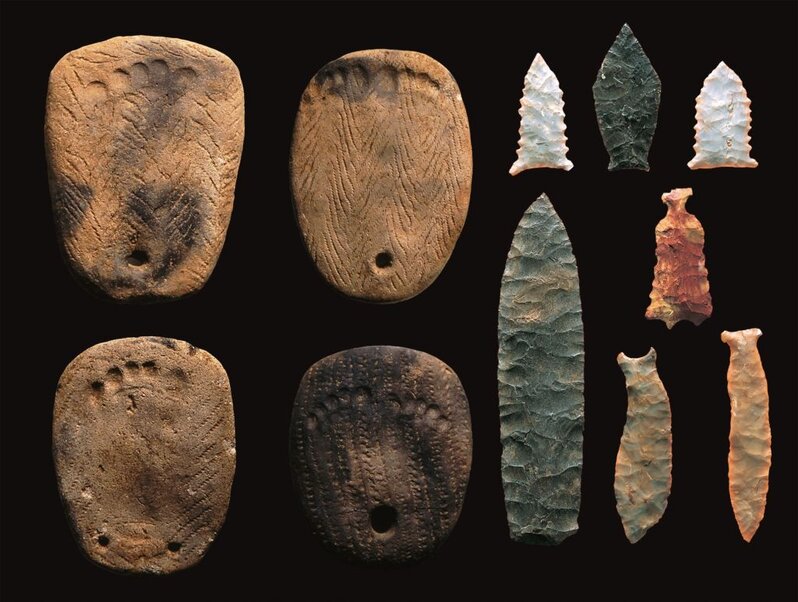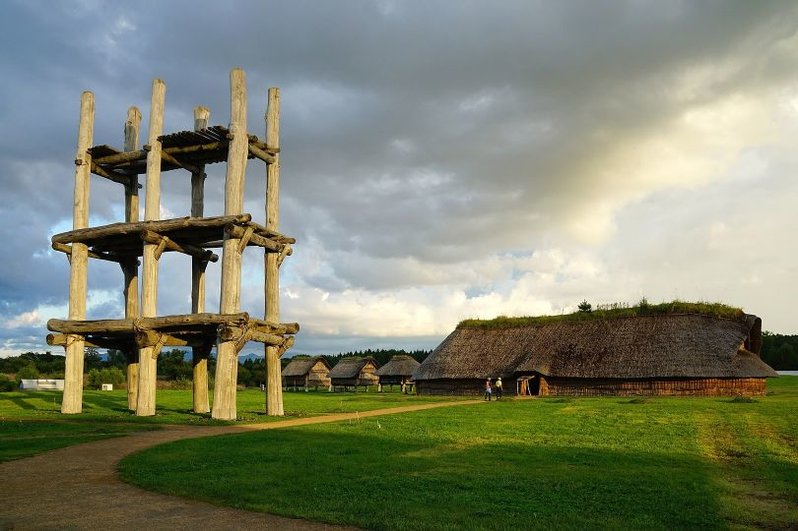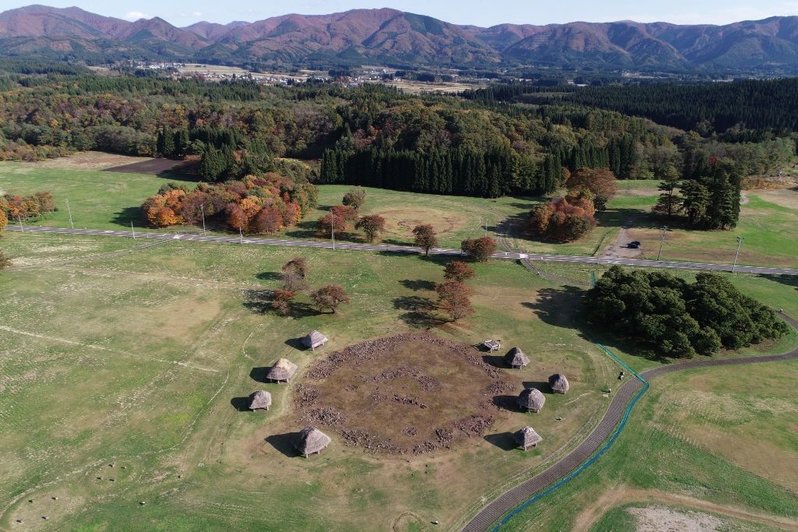Japan is home to many renowned UNESCO cultural and natural heritage sites like the iconic Mount Fuji, Hiroshima Peace Memorial and the magnificent Himeji Castle in Hyogo just to name a few. In 2021, the Jomon Prehistoric Sites became the latest addition to this illustrious list and Japan’s 20th UNESCO World Heritage Cultural site.
What are the Jomon Prehistoric Sites?
The Jomon Prehistoric Sites consist of 17 different spots that contain important relics and history linked to Japan’s Jomon period that was in existence from 13,000 to 300 BC. While Jomon-related sites can be found all across Japan, these particular sites in the Northern region in Aomori, Akita and Iwate prefectures are significant as some of the more well-preserved Jomon sites.

Unearthed burial goods from Kakinoshima site in Hokkaido (Photo from: JOMON ARCHIVES, CC BY 4.0)
The Jomon Prehistoric Sites range from settlements to burial grounds, and many artefacts like earthenware, tools and even organic remains have been unearthed, allowing us a rare glimpse into the earliest known major culture in Japan and how they lived. Named for the distinct cord-pressed patterns (known as Jomon) found in their pottery, the Jomon were mostly hunter-gatherers and transitioned from a nomadic lifestyle to small communities that lead a more sedentary way of life.
Here are some highlights of the Jomon Prehistoric Sites worth checking out on your next trip to northern Japan.
Aomori: Sannai-Maruyama Archaeological Site
Located in Aomori City, Sannai-Maruyama Archaeological Site is home to the largest Jomon settlement uncovered to date at 42 hectares. The land has been preserved quite well and several of the Jomon structures like pit dwellings, long houses with rounded roofs and a three-storey tower have been recreated on site. Many Jomon relics like earthenware and stoneware have been excavated and are displayed at the site’s museum for visitors interested in getting a closer look at the artefacts.

Sannai-Maruyama Archaeological Site. (Photo from: 663highland , CC BY 2.5)



